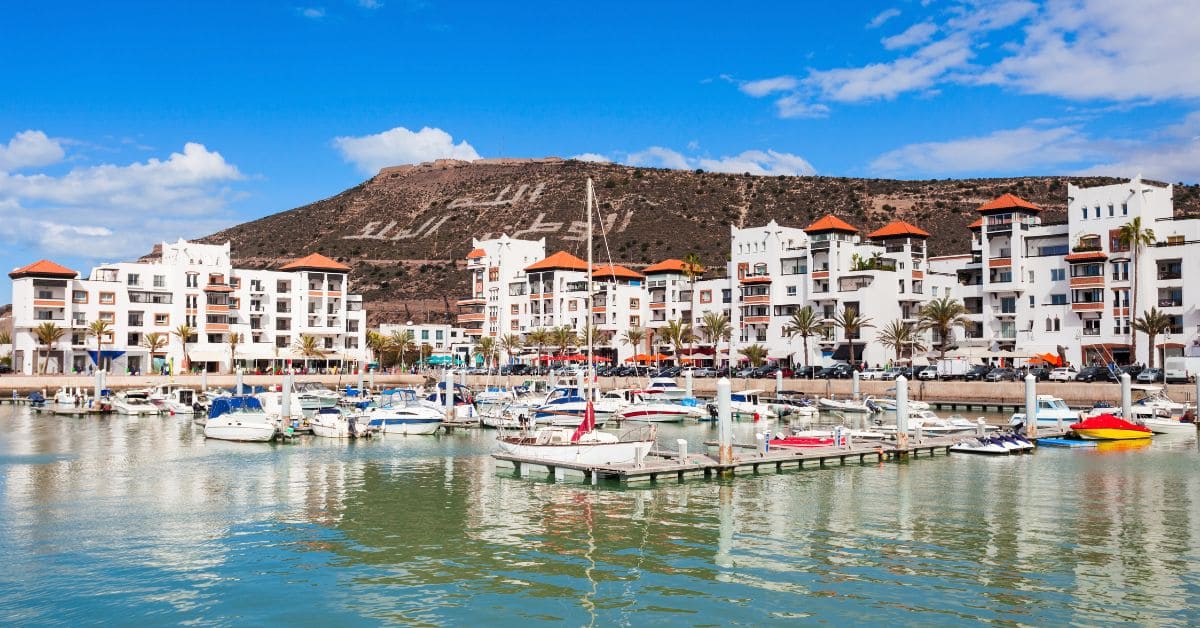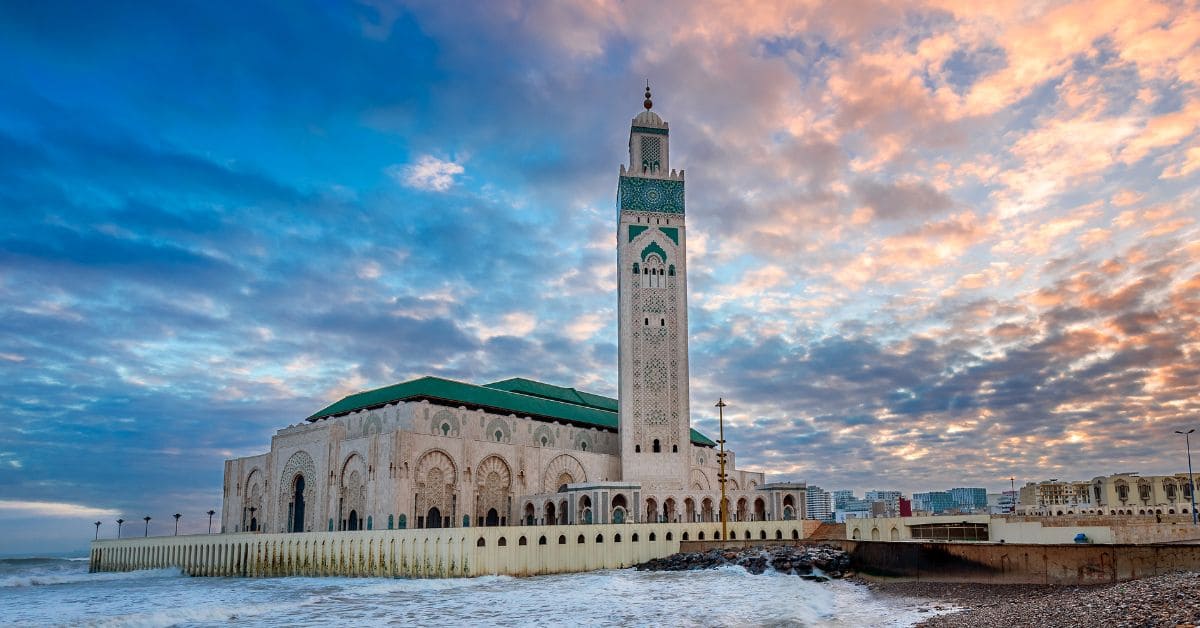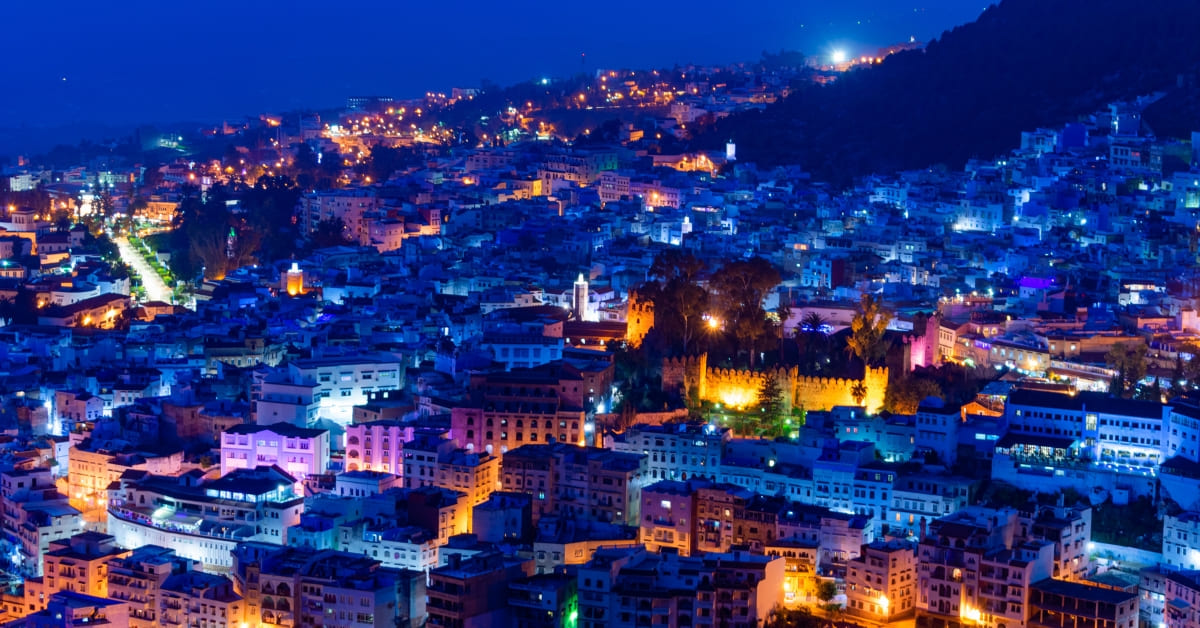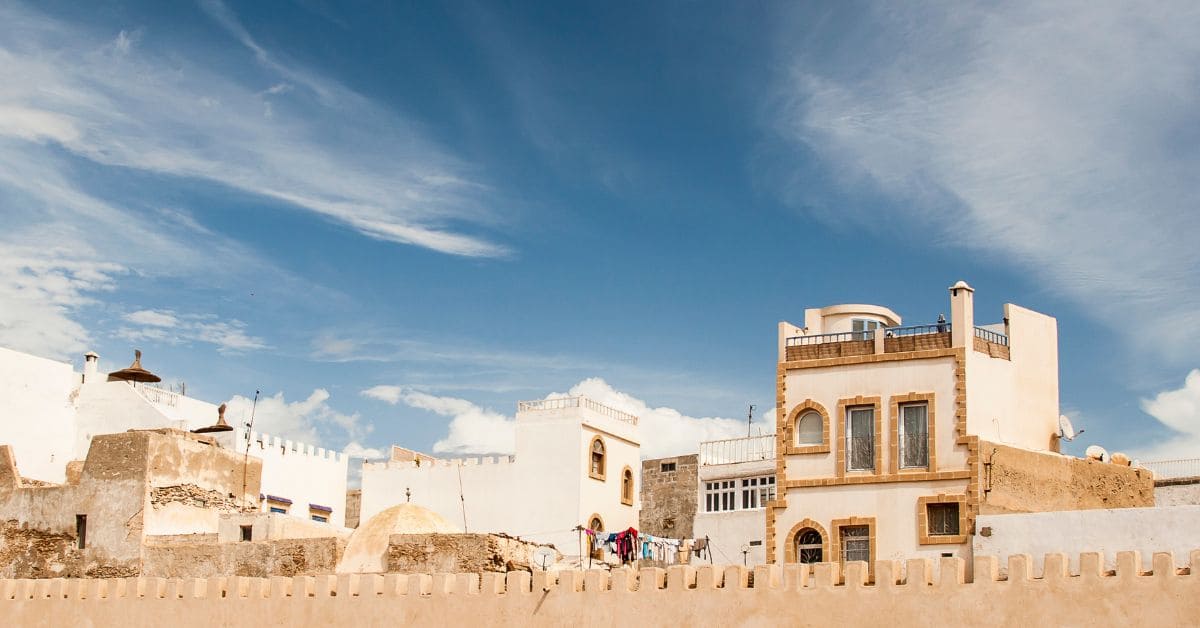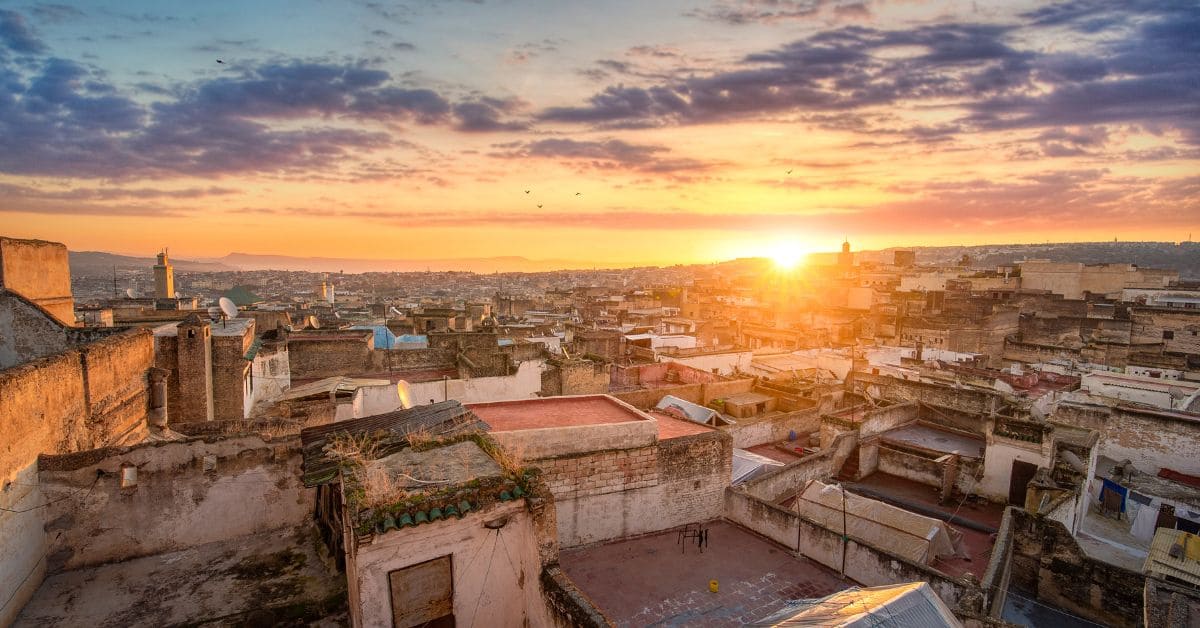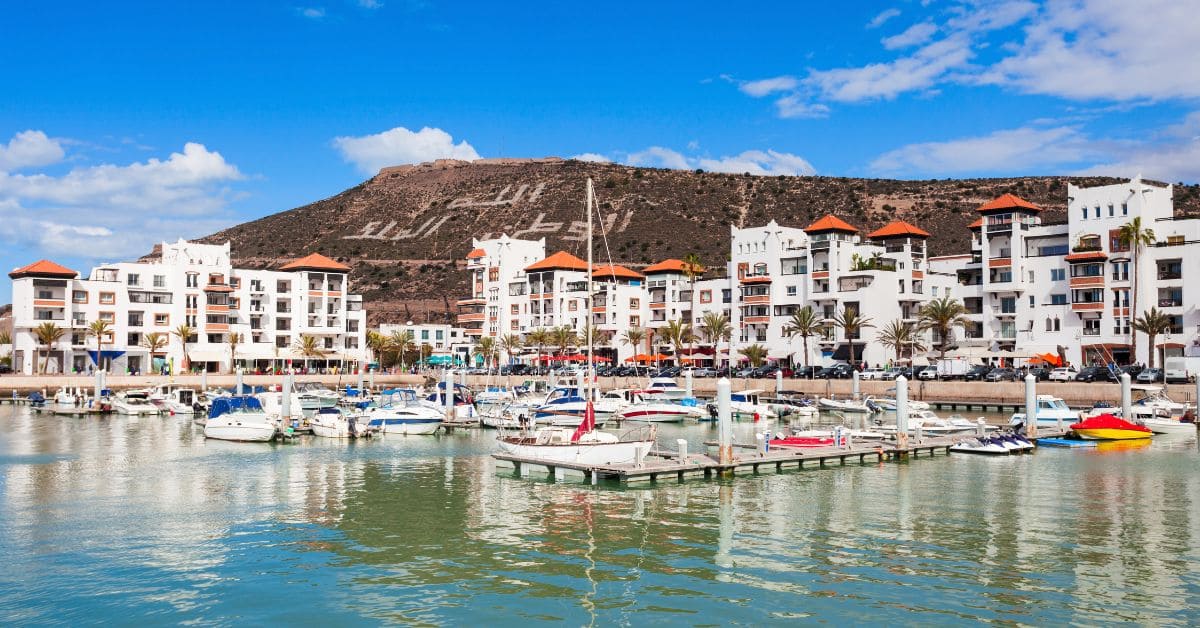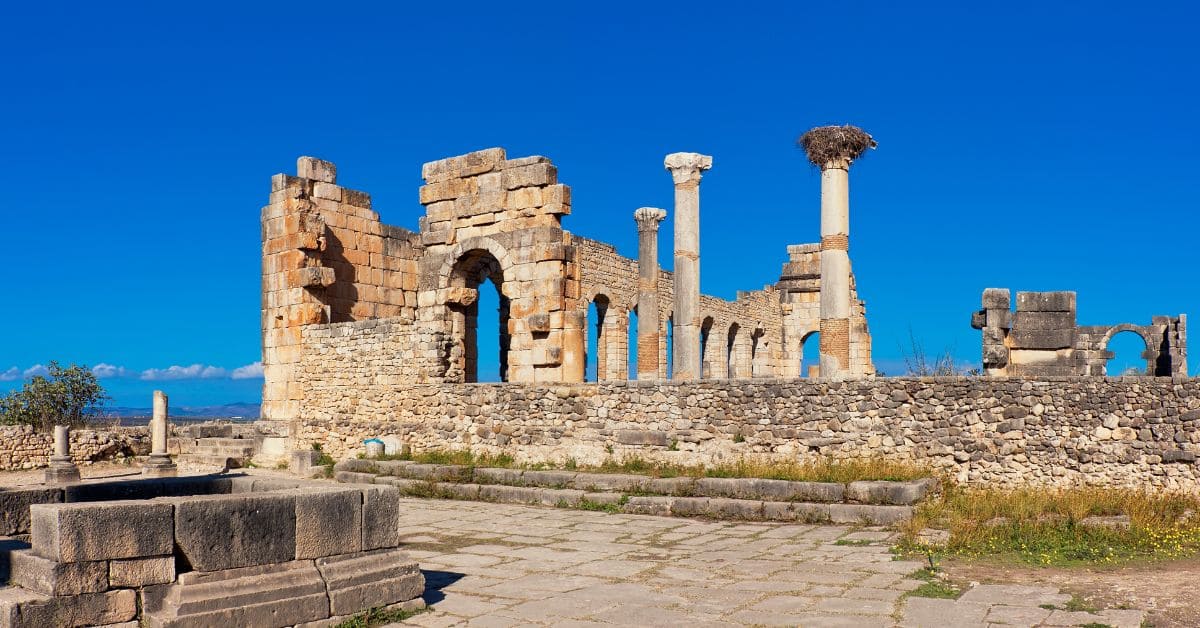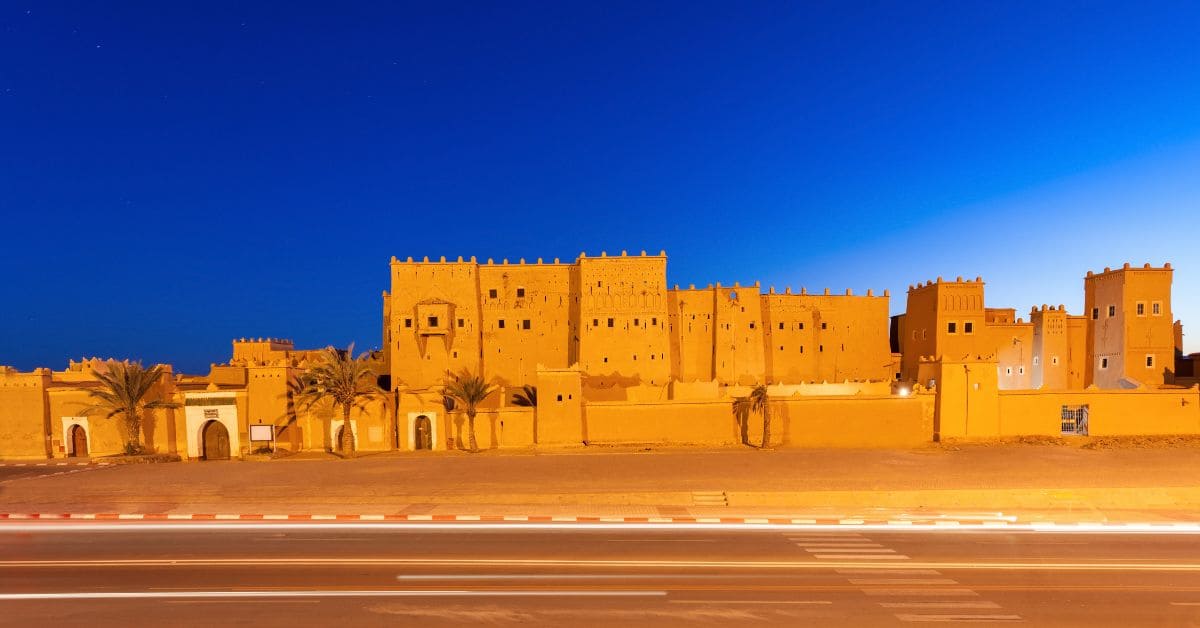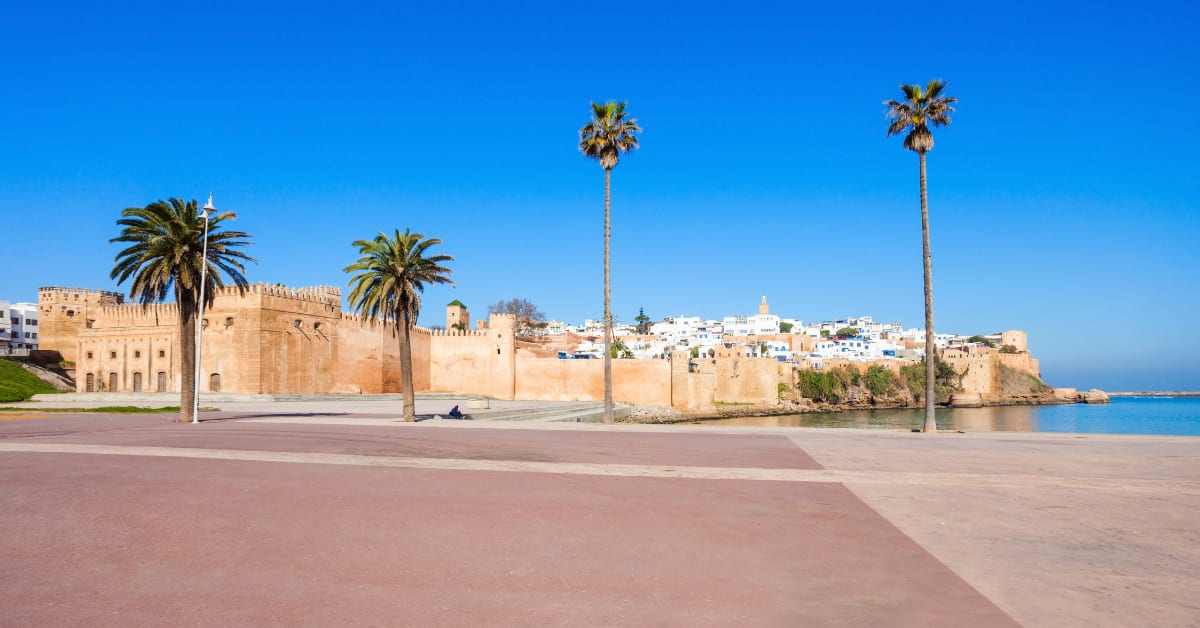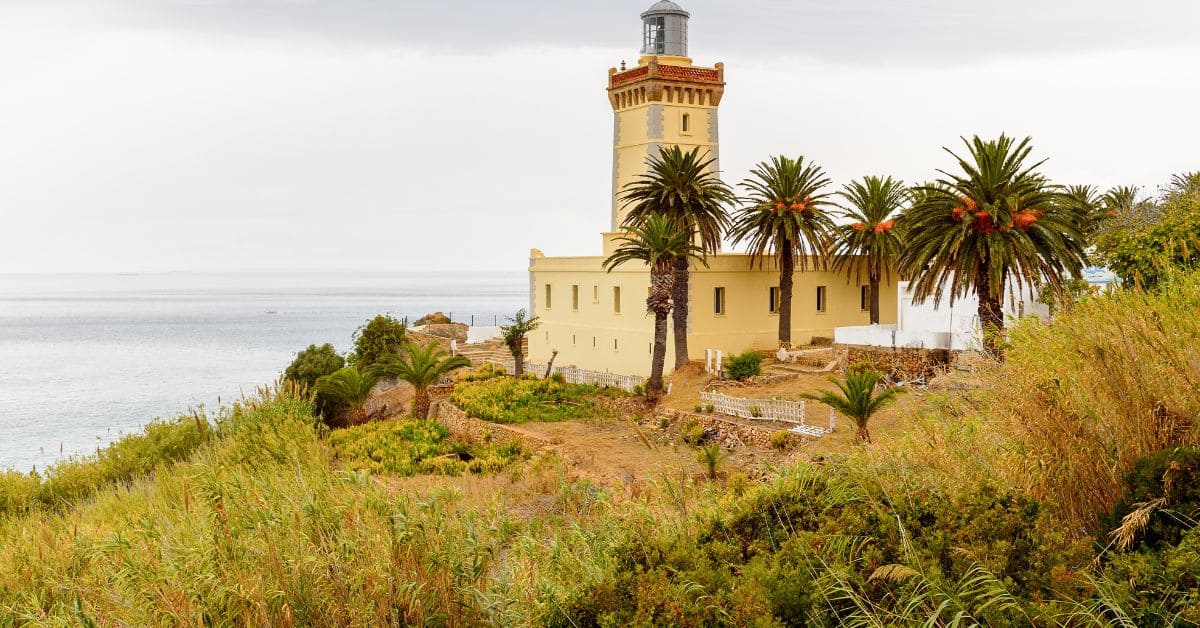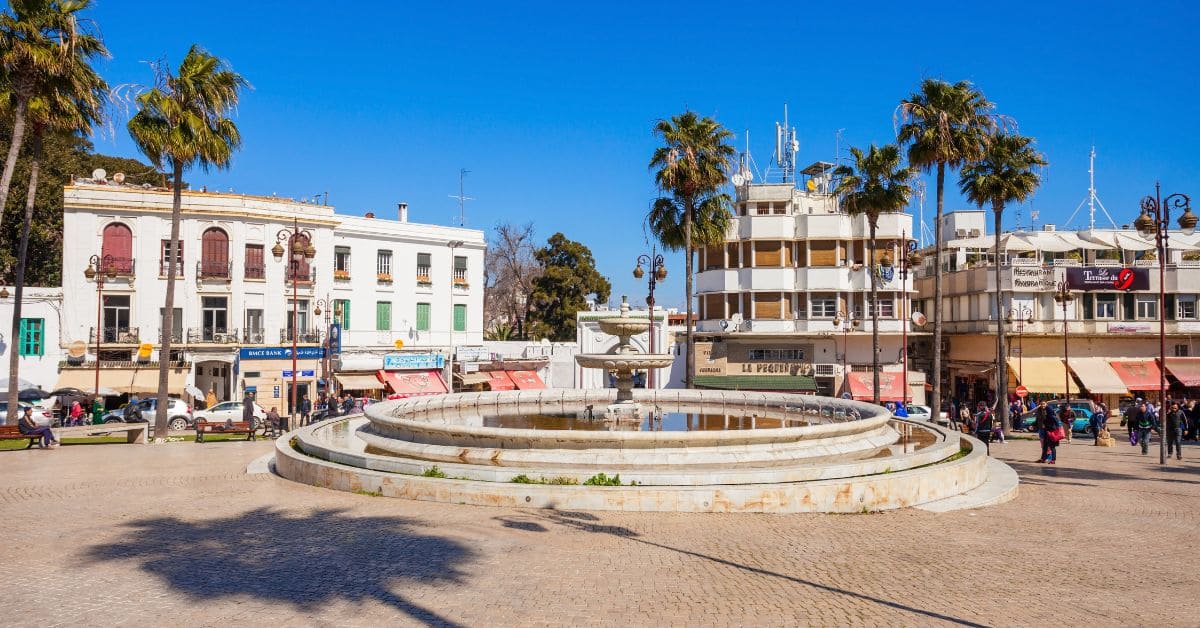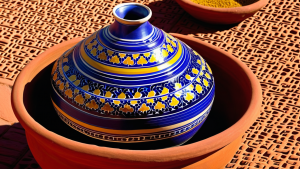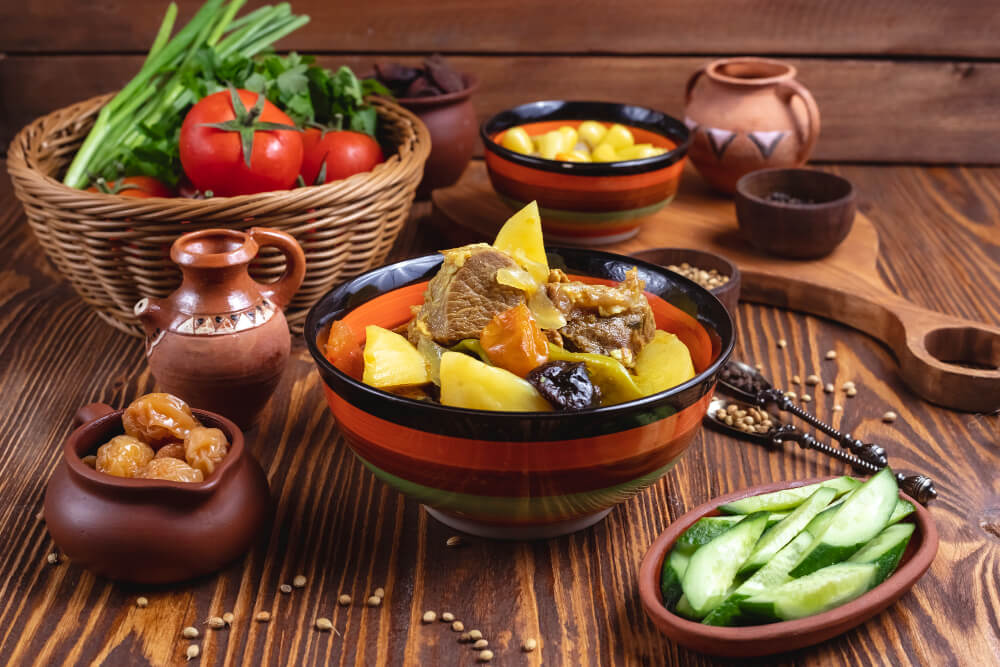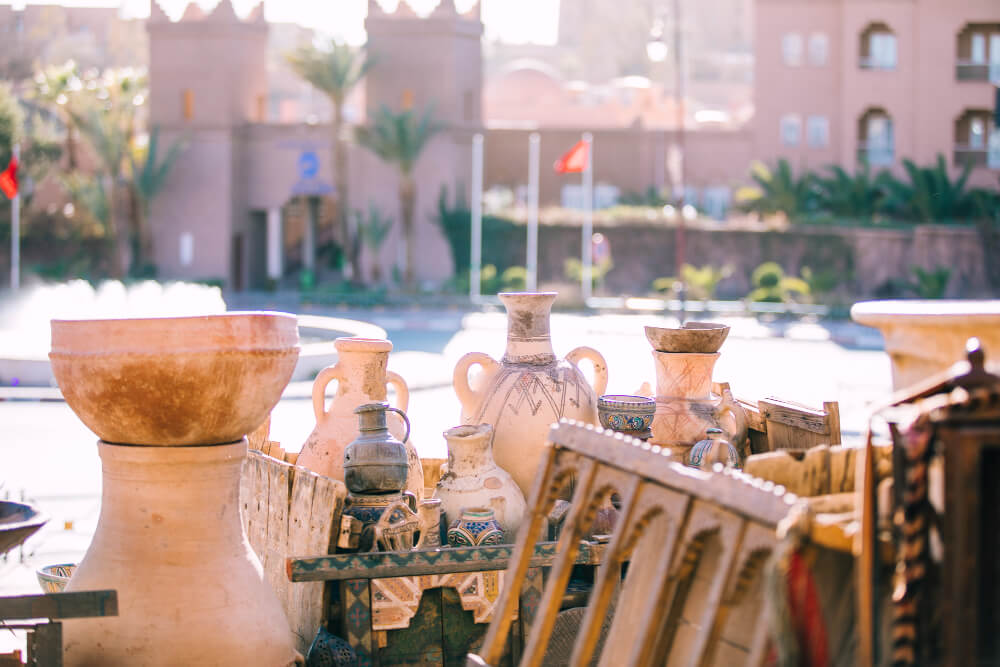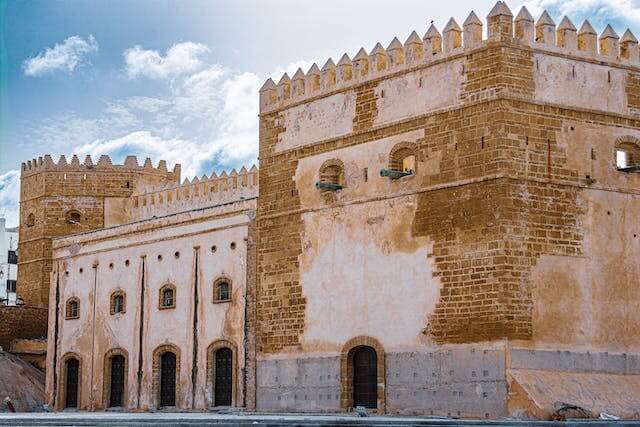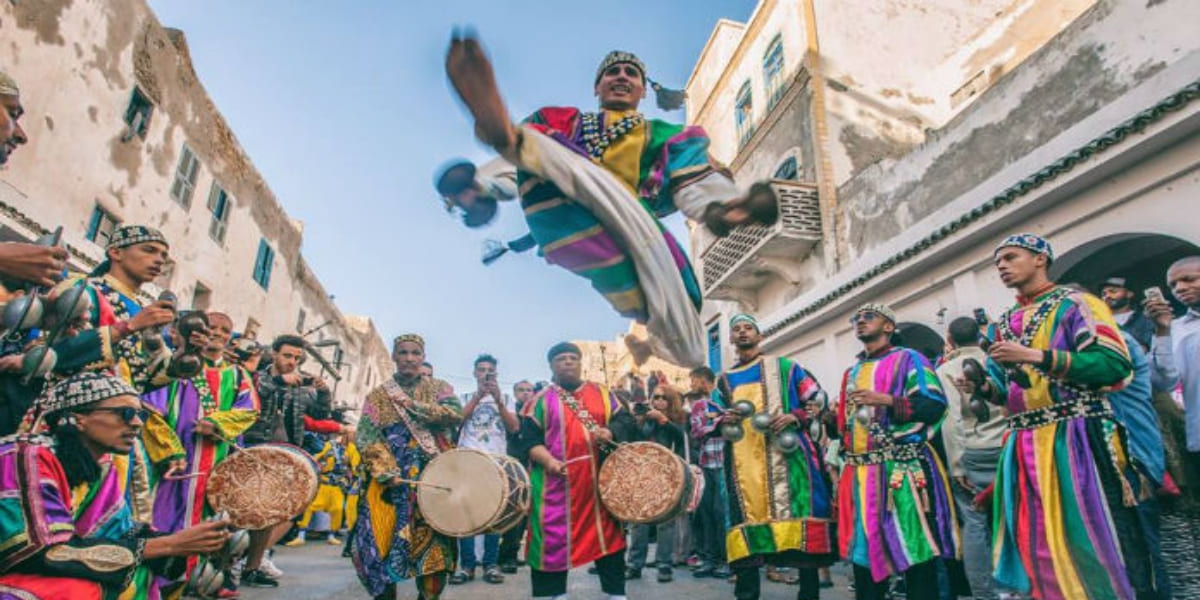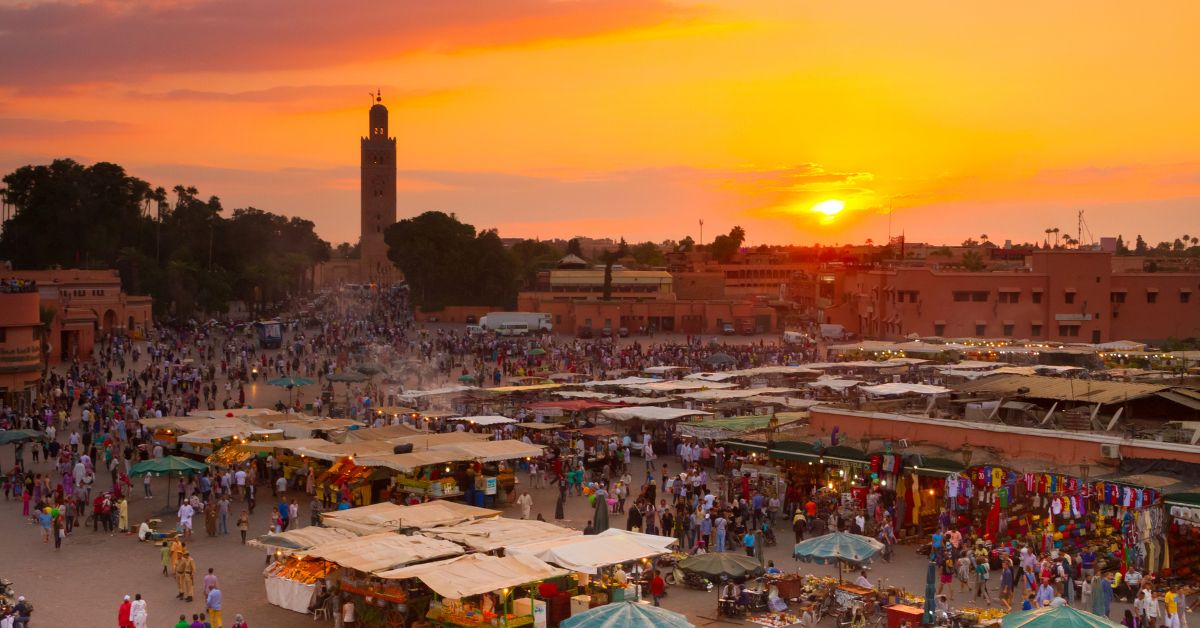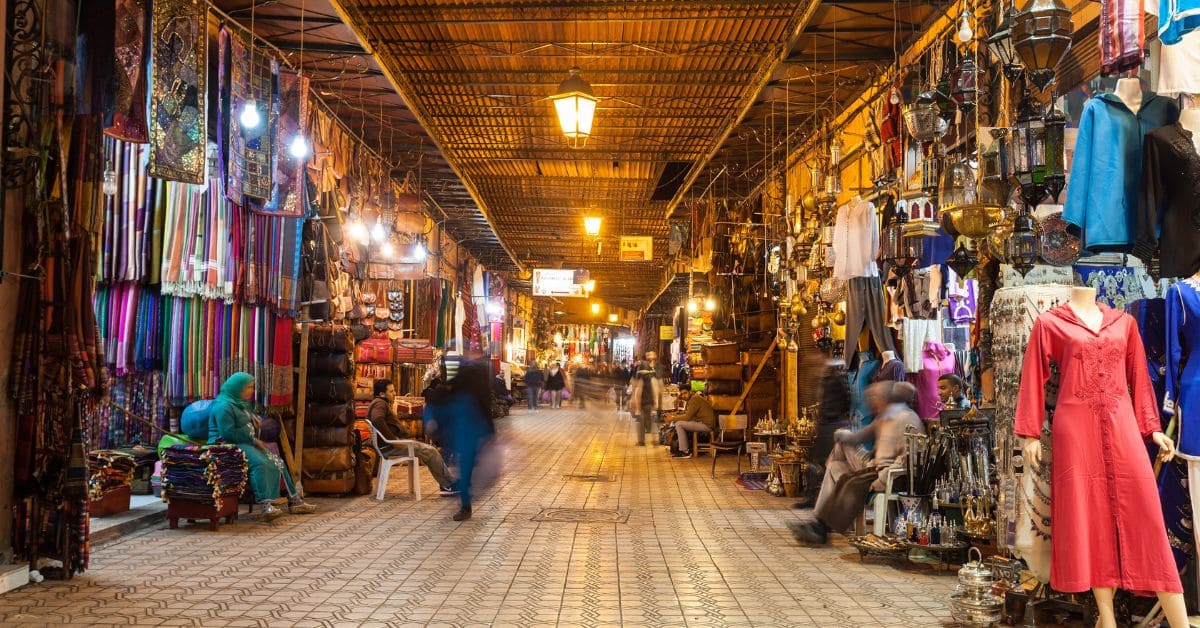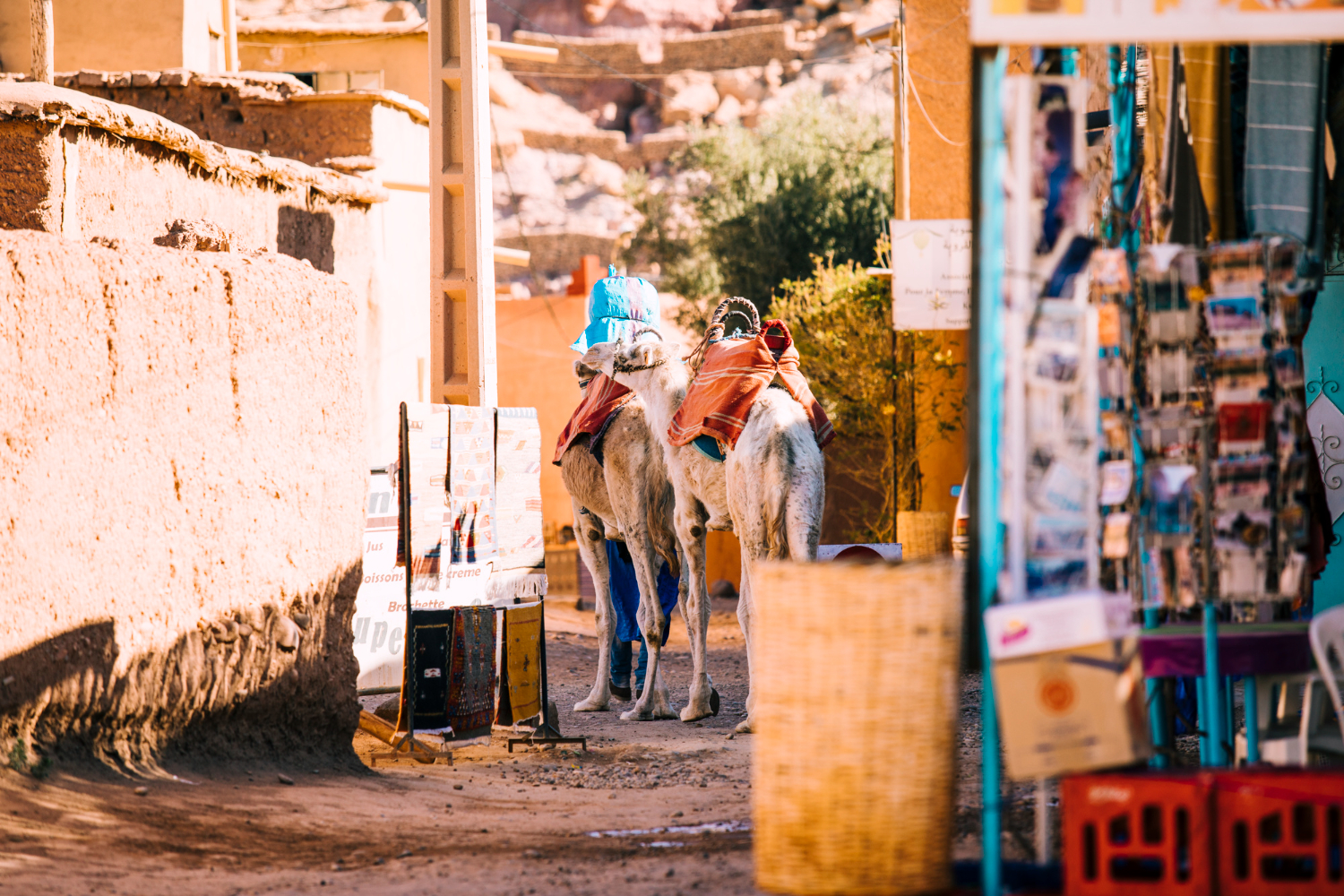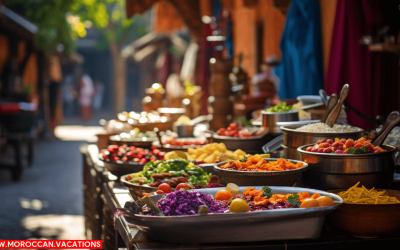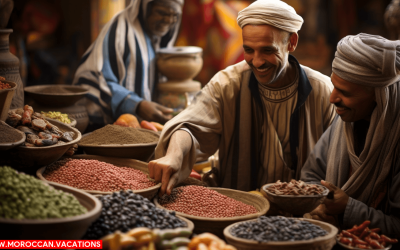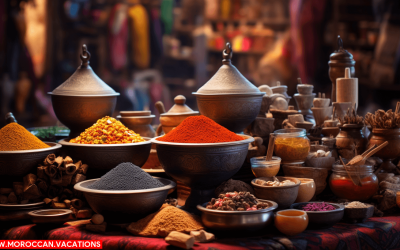The History of Moroccan Cuisine
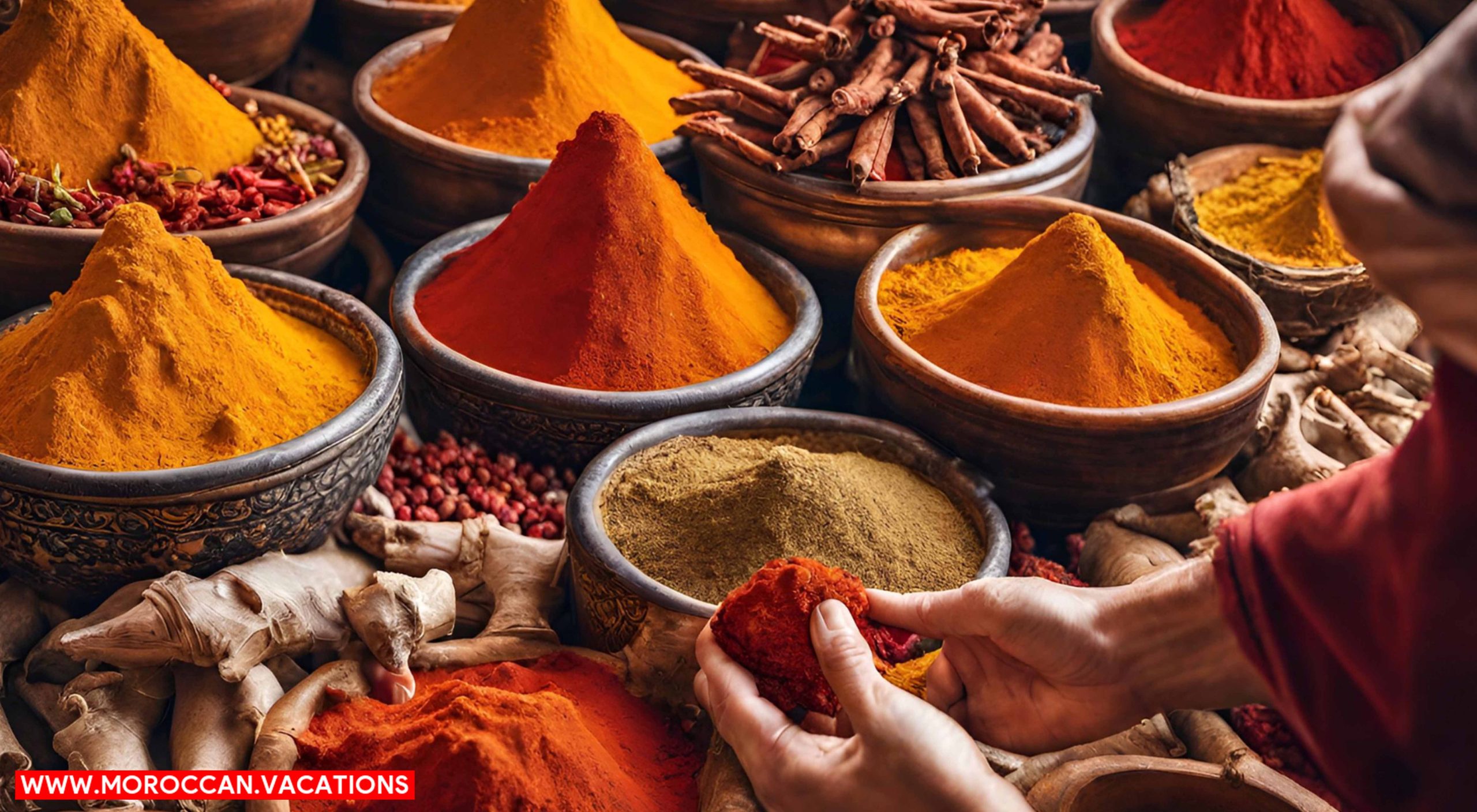

Ever wondered what it would be like to take a sensory journey through the vibrant and aromatic world of Moroccan cuisine? Well, get ready to embark on “The Spice Route: a Journey Through the Aromas of Moroccan Cuisine.” From the bustling markets filled with exotic spices to the sizzling tagines and tantalizing street food, this article will transport you to the heart of Morocco’s culinary traditions. Get ready to indulge your taste buds and ignite your imagination as we explore the intoxicating flavors of this North African gem.
As you delve into the rich and vibrant world of Moroccan cuisine, you’ll discover that its history is deeply intertwined with the diverse cultural influences that have shaped this North African nation. Influenced by the Berbers, Arabs, Moors, and French, Moroccan cuisine is a delightful fusion of flavors and techniques. Each region in Morocco has its own distinct culinary traditions, resulting in a wide range of regional variations in Moroccan cooking.
The influences on Moroccan cuisine are vast and varied. The Berbers, the indigenous people of Morocco, have had a profound impact on the country’s culinary heritage. They introduced staple ingredients such as couscous, preserved lemons, and a myriad of aromatic spices that form the foundation of Moroccan cuisine. The Arabs brought with them the art of cooking with fragrant spices like cinnamon, cumin, and ginger, as well as the tradition of using honey and almonds in dishes. The Moors, who ruled over parts of Spain and Portugal, brought new cooking techniques and introduced ingredients like saffron, olives, and citrus fruits.
These cultural influences, combined with the abundance of fresh, local produce, have given rise to the regional variations in Moroccan cooking. In the north, near the Mediterranean coast, seafood dishes are popular, while in the Atlas Mountains, hearty stews and tagines dominate the culinary scene. The southern regions, on the other hand, embrace the flavors of the Sahara desert, with dishes featuring dates, nuts, and aromatic spices.
Exploring the history of Moroccan cuisine reveals a tapestry of flavors and traditions that reflect the country’s rich cultural heritage. From the influences on Moroccan cuisine to the regional variations in Moroccan cooking, this culinary journey is sure to captivate your taste buds and leave you craving for more.
Essential Spices in Moroccan Cooking
You frequently use essential spices in Moroccan cooking to add depth and flavor to your dishes. Moroccan cuisine is known for its rich and aromatic flavors, which are achieved through the skillful combination of various spices. One of the key elements in Moroccan cooking is the use of spice blends, which are carefully crafted to create unique and harmonious flavor profiles.
One of the most common spice blends used in Moroccan cooking is called Ras el Hanout, which translates to “head of the shop”. This blend typically consists of a combination of spices such as cumin, coriander, ginger, turmeric, cinnamon, and cardamom. It is a versatile blend that adds a warm and complex flavor to dishes.
Another essential spice in Moroccan cuisine is cumin. It has a distinct earthy and slightly nutty flavor that pairs well with a variety of ingredients. Cumin is often used in tagines, stews, and couscous dishes, adding depth and warmth to the overall flavor profile.
Paprika is another spice commonly used in Moroccan cooking. It adds a vibrant red color and a smoky, slightly sweet flavor to dishes. Whether used in marinades, rubs, or as a garnish, paprika adds a beautiful visual appeal and a subtle kick to your dishes.
Traditional Moroccan Dishes
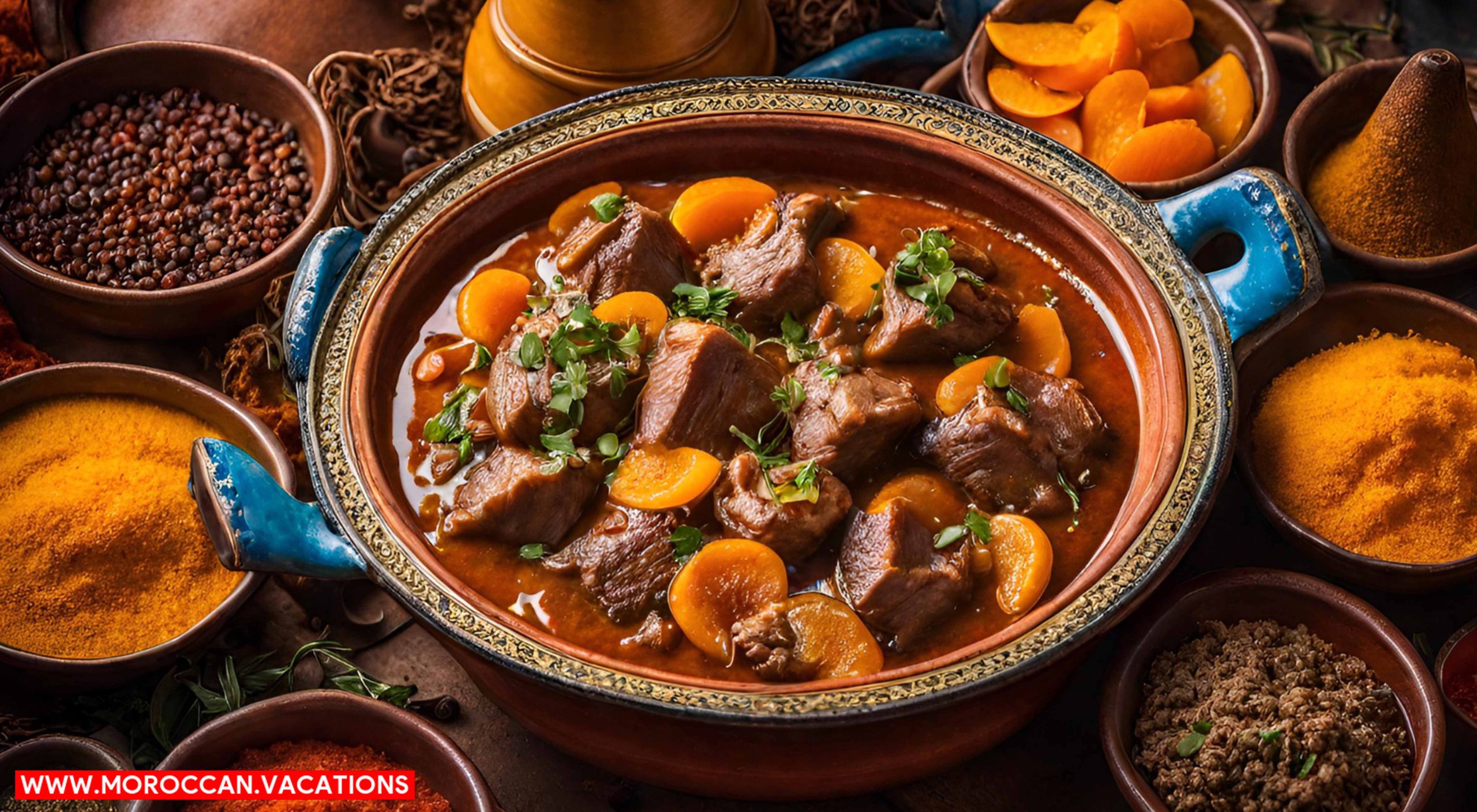

With the essential spices and spice blends in hand, explore the world of traditional Moroccan dishes and embark on a culinary adventure through the vibrant flavors of this rich cuisine. Moroccan culinary traditions are deeply rooted in the country’s diverse cultural influences, resulting in a wide array of delicious and aromatic dishes. Here are three traditional Moroccan dishes that will transport you to the bustling streets of Marrakesh:
– Tagine: This iconic Moroccan dish is named after the clay pot in which it is cooked. Traditionally, tagine consists of slow-cooked meat, such as lamb or chicken, along with a variety of vegetables, spices, and dried fruits. The unique cooking technique allows the flavors to meld together, resulting in a tender and flavorful dish.
– Couscous: Considered the national dish of Morocco, couscous is a versatile and nutritious staple. It is made from semolina grains and steamed to perfection. Traditionally, couscous is served with a flavorful stew made from meat, vegetables, and spices. The process of preparing couscous involves steaming it multiple times to achieve its light and fluffy texture.
– Pastilla: This savory and sweet pastry is a true Moroccan delicacy. Pastilla is typically made with layers of thin pastry filled with a mixture of shredded meat, such as chicken or pigeon, almonds, eggs, and aromatic spices. The pastry is then baked until golden and served sprinkled with powdered sugar and cinnamon. The combination of flavors and textures in this dish is simply divine.
Indulge in the enchanting flavors of Moroccan cuisine and experience the magic of Moroccan cooking techniques. From the hearty tagine to the delicate couscous and the indulgent pastilla, these traditional dishes will transport your taste buds to the vibrant streets of Morocco. Get ready for a culinary adventure like no other. Bon appétit!
Exploring the Aromas of Tagines
Continuing your journey through the vibrant flavors of traditional Moroccan dishes, delve into the enticing aromas of tagines. Tagines are slow-cooked stews that have been a cornerstone of Moroccan cuisine for centuries. The unique cooking techniques used in preparing tagines result in tender, succulent meats and vegetables infused with a medley of aromatic spices.
One popular tagine recipe is the chicken tagine with preserved lemons and olives. This dish combines the rich flavors of saffron, ginger, and turmeric with the tanginess of preserved lemons and the briny taste of olives. The slow-cooking process allows the flavors to meld together, creating a delightful symphony of tastes and aromas.
Another beloved tagine recipe is the lamb tagine with apricots and almonds. The tender chunks of lamb are braised with sweet dried apricots and crunchy almonds, resulting in a harmonious blend of textures. The aromatic spices such as cinnamon, cumin, and coriander infuse the dish with a warm, fragrant aroma that will transport you to the bustling souks of Morocco.
Cooking tagines is not just about the end result; it’s a sensory experience. As the ingredients simmer in the clay pot, the fragrant steam fills the air, enveloping your senses in a tantalizing embrace. The slow, gentle cooking process allows the flavors to develop and intensify, resulting in a dish that is bursting with complex, layered flavors.
Moroccan Street Food Delights
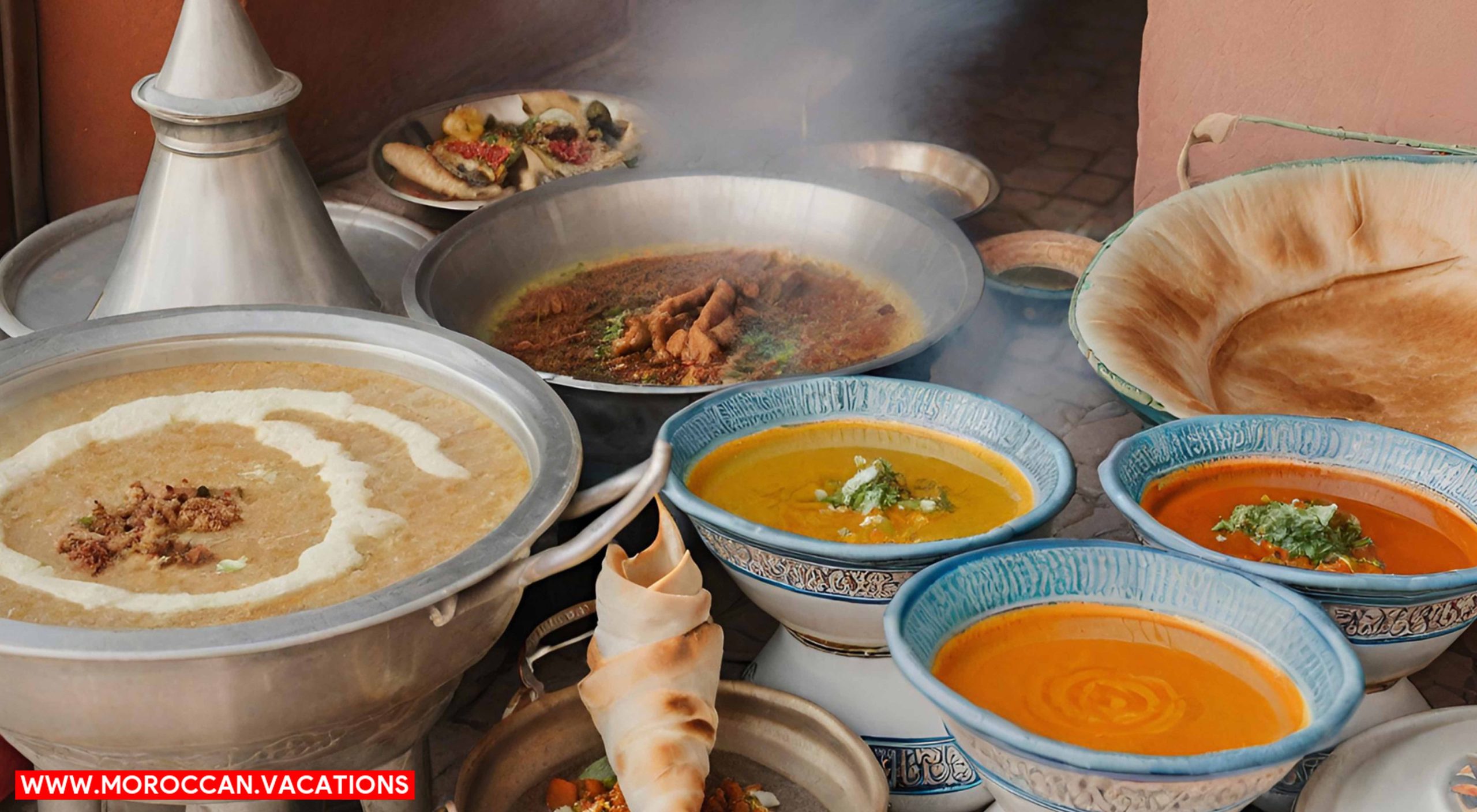

Indulge in the tantalizing flavors of Moroccan street food as you explore the bustling markets and vibrant food stalls. The streets of Morocco are a food lover’s paradise, filled with an array of delicious and aromatic dishes that will leave your taste buds craving for more. As you wander through the labyrinthine alleyways, you’ll come across a multitude of moroccan street food vendors, each offering their own unique and mouthwatering specialties.
Here are three popular Moroccan street food dishes that you must try:
-Msemen: This is a flaky and buttery Moroccan pancake that is often filled with savory ingredients such as cheese, vegetables, or meat. It’s the perfect grab-and-go snack that will satisfy your hunger and leave you wanting more.
– Harira: A hearty and comforting soup, harira is a traditional Moroccan dish that is often enjoyed during Ramadan. Made with a combination of lentils, chickpeas, tomatoes, and spices, this soup is bursting with flavors and is guaranteed to warm your soul.
– Moroccan Grilled Sausages: Known as merguez, these spicy sausages are a staple in Moroccan street food. Made with a blend of lamb or beef and a mix of aromatic spices such as cumin, paprika, and garlic, these sausages are grilled to perfection and served with crusty bread.
Sweet Treats and Desserts of Morocco
As you explore the vibrant streets of Morocco and satisfy your cravings with savory street food delights, your journey now takes a sweet turn towards the delectable world of Moroccan desserts. Prepare to indulge in a variety of mouthwatering treats that will leave your taste buds dancing with delight.
Moroccan pastries are a true highlight of the country’s culinary traditions. These delicate and intricately designed pastries are a feast for the eyes as well as the palate. One of the most popular pastries is the almond-filled Gazelle Horns. Shaped like a crescent moon, these flaky delights are filled with a sweet almond paste and dusted with powdered sugar.
Another must-try dessert is the honey-based desserts. Honey holds a special place in Moroccan cuisine, and it features prominently in many of their desserts. One such dessert is the M’smen, a buttery and flaky pancake-like pastry that is generously drizzled with honey. The combination of the crispy texture and the sweetness of the honey is pure bliss.
For a truly decadent experience, try the Chebakia. This flower-shaped pastry is deep-fried to perfection and then soaked in a honey and orange blossom water syrup. The result is a sticky and aromatic treat that will transport you to the bustling markets of Morocco.
Experiencing Moroccan Tea Culture
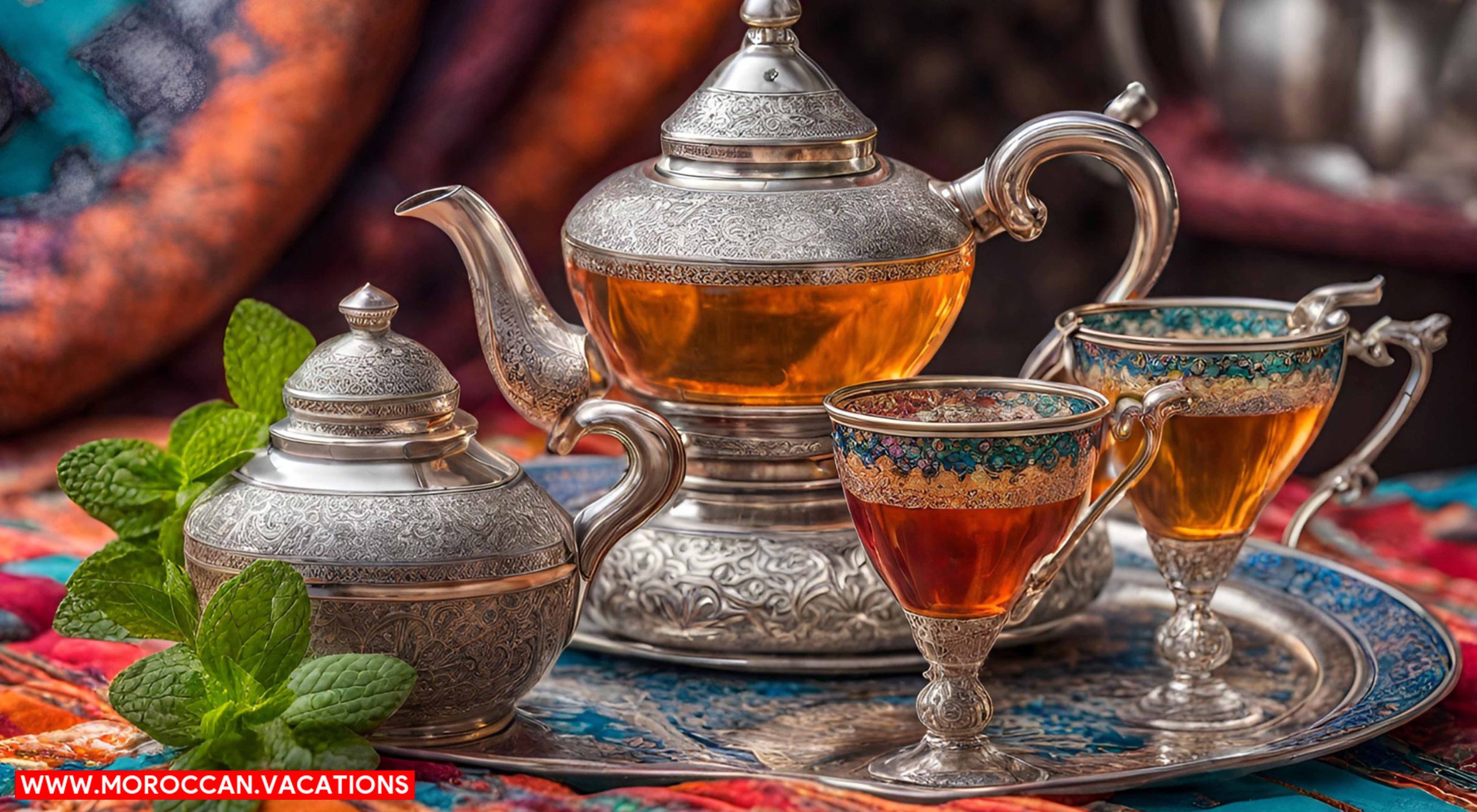

Immerse yourself in the rich traditions of Moroccan tea culture and discover the art of steeping and savoring the aromatic blends. In Morocco, tea is more than just a beverage; it is a symbol of hospitality, friendship, and tradition. The Moroccan tea ceremony is a time-honored ritual that brings people together and encourages meaningful connections. Here are three aspects of Moroccan tea culture that will enhance your tea-drinking experience:
– Tea Brewing Techniques: Moroccan tea is traditionally brewed using a special teapot called a “teakettle.” The tea leaves are steeped with fresh mint leaves and a generous amount of sugar, resulting in a bold and sweet flavor. The tea is poured from a height to create a frothy foam, which adds to the overall experience.
– Traditional Tea Ceremonies: Tea is served in small, ornate glasses known as “glasses of friendship.” It is customary for the host to pour the tea with a graceful and steady hand, symbolizing generosity and respect. The tea is often accompanied by a plate of nuts, dried fruits, or traditional Moroccan pastries.
– Savoring the Aromatic Blends: Take a moment to inhale the fragrant aroma of the tea before taking your first sip. The blend of fresh mint and sweet tea leaves creates a refreshing and invigorating experience. As you savor each sip, allow the flavors to envelop your senses, transporting you to the vibrant streets of Morocco.
Experience the warmth and hospitality of Moroccan tea culture as you indulge in the art of tea brewing and savor the aromatic blends. Join in on traditional tea ceremonies and create meaningful connections over a shared cup of tea. Let the rich traditions of Moroccan tea culture transport you to a world of flavor and aroma.


Samira Amrani
The passionate author behind Moroccan Vacations, sharing her expertise and love for Moroccan culture, cuisine, and travel experiences to inspire wanderlust in every reader.
Related Articles
The Evolution of Moroccan Street Food: From Past to Present
Explore the evolution of Moroccan street food, from its rich past to the vibrant present. Discover the diverse flavors and culinary traditions that have shaped Morocco’s bustling street food scene. Immerse yourself in the sights, sounds, and tastes of authentic Moroccan cuisine. Experience the delicious journey from past to present on the streets of Morocco.
The Cultural Significance of Food in Moroccan Society
Explore the cultural significance of food in Moroccan society and discover the rich tapestry of flavors, traditions, and rituals that shape the culinary landscape. From aromatic tagines to sweet pastries, delve into the heart of Moroccan cuisine and experience the fusion of history, hospitality, and heritage on your plate.
The Aromatic Tapestry: a Deep Dive Into Traditional Moroccan Spices and Herbs
Embark on a sensory journey with ‘The Aromatic Tapestry,’ as we unravel the rich heritage of traditional Moroccan spices and herbs. Dive deep into the vibrant world of flavors, exploring the essence of Moroccan culinary traditions. Discover the art of spice blending and culinary storytelling in this aromatic adventure.

